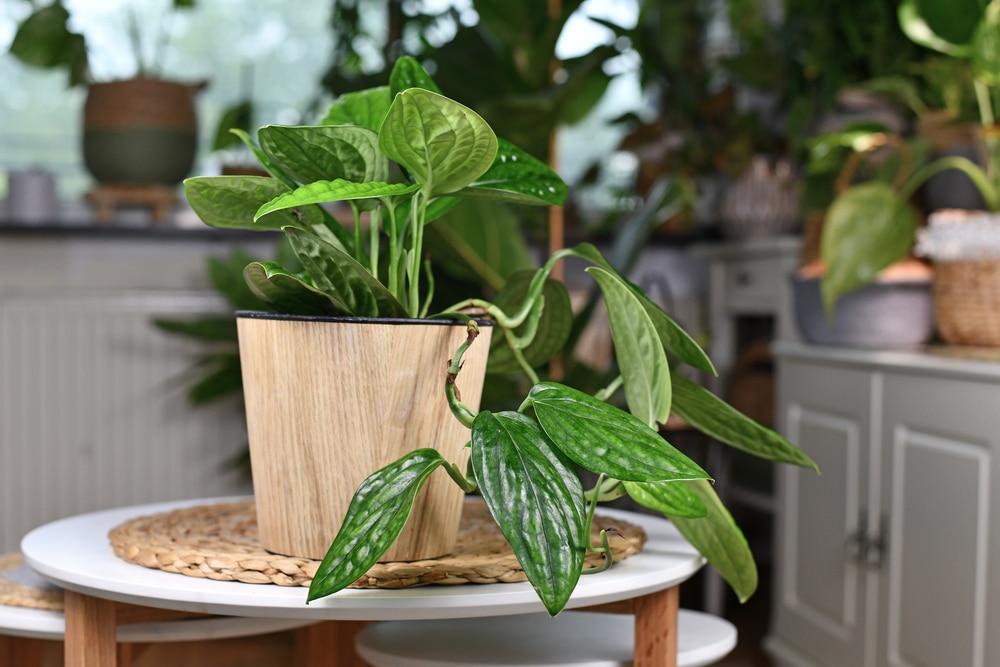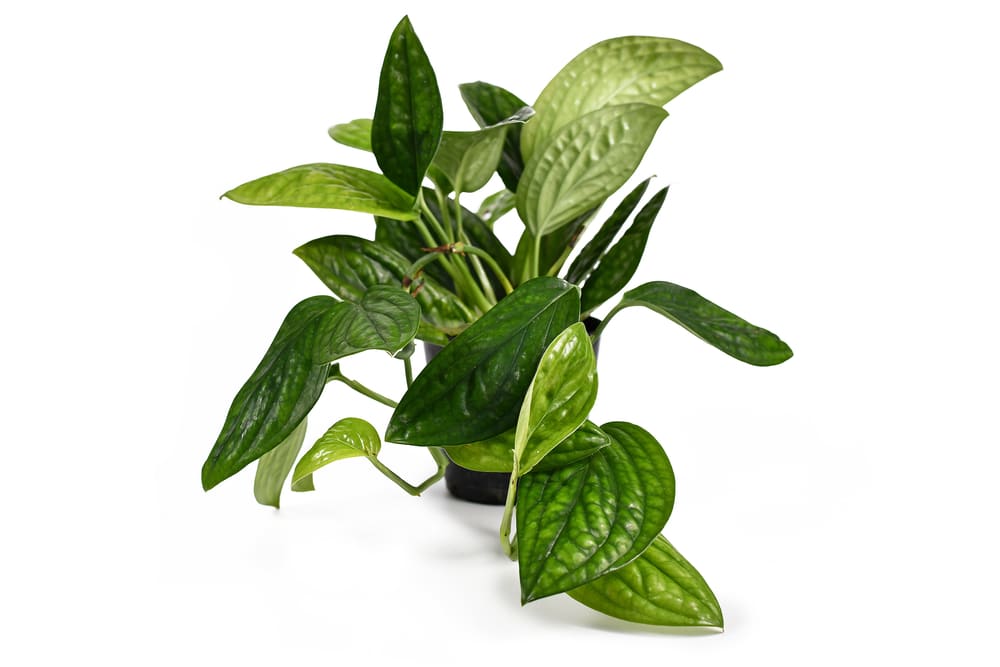There are so many species of Monsteras that knowing them all is almost impossible. But if you wish to add something different to your interiors, consider getting a Monstera Peru (also known as Green Galaxy Plant). This houseplant displays gorgeous leaves with unique-looking textures that will improve the looks of any corner of your house you decide to put it in!
Here we collected everything you must know if you decide to add Green Galaxy Monstera to your houseplant collection.

| Botanical Name | Monstera Peru |
| Common Name | Green Galaxy Plant |
| Plant Type | Perennial |
| Flower Color | This plant doesn’t usually bloom as a houseplant. In nature, it might produce flowers as it matures. |
| Size When Mature | Up to 60 inches tall and 36 inches wide. |
| Bloom Time | Not applicable |
| Sun Requirements | Example: Full/ Partial Sun |
| USDA Hardiness Zones | 10-12 |
| Soil PH Range | Neutral to slightly Acidic (between 5.0 and 7.0) |
| Soil Type | Well-draining, airy, and fertile |
| Water Needs | Medium |
| Native Area | South America |
What you Need to Know About Green Galaxy Plant
You can grow the Green Galaxy plant as a vining plant: the effect will be stunning. But no matter where you put it, you can expect it to improve the looks of your interiors. After all, the plant produces attractive and thick foliage that goes from a matter deep green color to a glossy and lighter shade.
But if you expect this plant to fenestrate (like the Monsteras you may picture), don’t: Green Galaxy plant’s leaves don’t do that. And if you want one for your house, beware: these plants tend to be challenging to find. You may have to order it online!
Also, if you have pets or kids running around your house, you’ll have to keep an eye on them and take measures to prevent them from munching on your plant’s leaves: they are toxic!
Aside from that, the Green Galaxy plant won’t cause much trouble: it is relatively easy to grow, especially if you know what it needs. Jump to the following sections to learn more about this plant’s requirements!
How to Care for Green Galaxy Plant

Caring for a thriving Green Galaxy isn’t anything out of this world. However, you must pay attention to the plant’s needs and desires.
Light
To grow a gorgeous Green Galaxy and enjoy the delicate foliage, you must place your plant in a location with plenty of indirect light. These plants are native to South American tropical forests and thrive at the bases of trees. To recreate similar conditions for them to grow at home, avoid exposing them to direct sunlight.
Also, rotate your plant regularly to ensure an even growth pattern.
Water and Soil Needs
Green galaxy plants love humidity. However, they won’t perform well in soggy soil so take measures to avoid overwatering. To begin with, pick a suitable potting mix: it must be well-draining and airy to prevent moisture accumulation, which may cause plenty of issues to your plant. Then, wait until the soil feels dry before watering your plant. Use your fingers to detect whether your plant is thirsty or not.
Don’t worry too much about the soil pH: this Monstera variety isn’t too fussy.
Temperature Requirements
You may grow your Green Galaxy plant outdoors if you live in USDA hardiness zones between 10 and 12. But if you live in slightly less warm regions, it will perform much better as a houseplant.
Avoid exposing it to temperatures below 55°F and keep your plants in a room where the temperatures stay between 65 and 75°F.
Fertilizer
While adding fertilizer isn’t a requirement, your plant will benefit from some extra nutrients during the growing season. Avoid overdoing it and remember that too much of a good thing can be detrimental. Instead, ensure you follow the instructions you find on the product label. Also, remember to suspend the application over the winter. Indeed as the temperatures drop, your plant goes dormant (and doesn’t need as much nutrition).
Common Diseases
Green Galaxy plants rarely suffer from diseases or attacks from pests. However, you must pay attention to how you take care of them. For instance, overwatering is one of the most common issues with this plant. If your plant’s leaves become yellow or the soil feels moist for too long, let the plant dry before adding more moisture. Also, remove any mushy roots to allow your plant to recover faster.
Don’t forget to check for pests and remove them as soon as you notice them.

